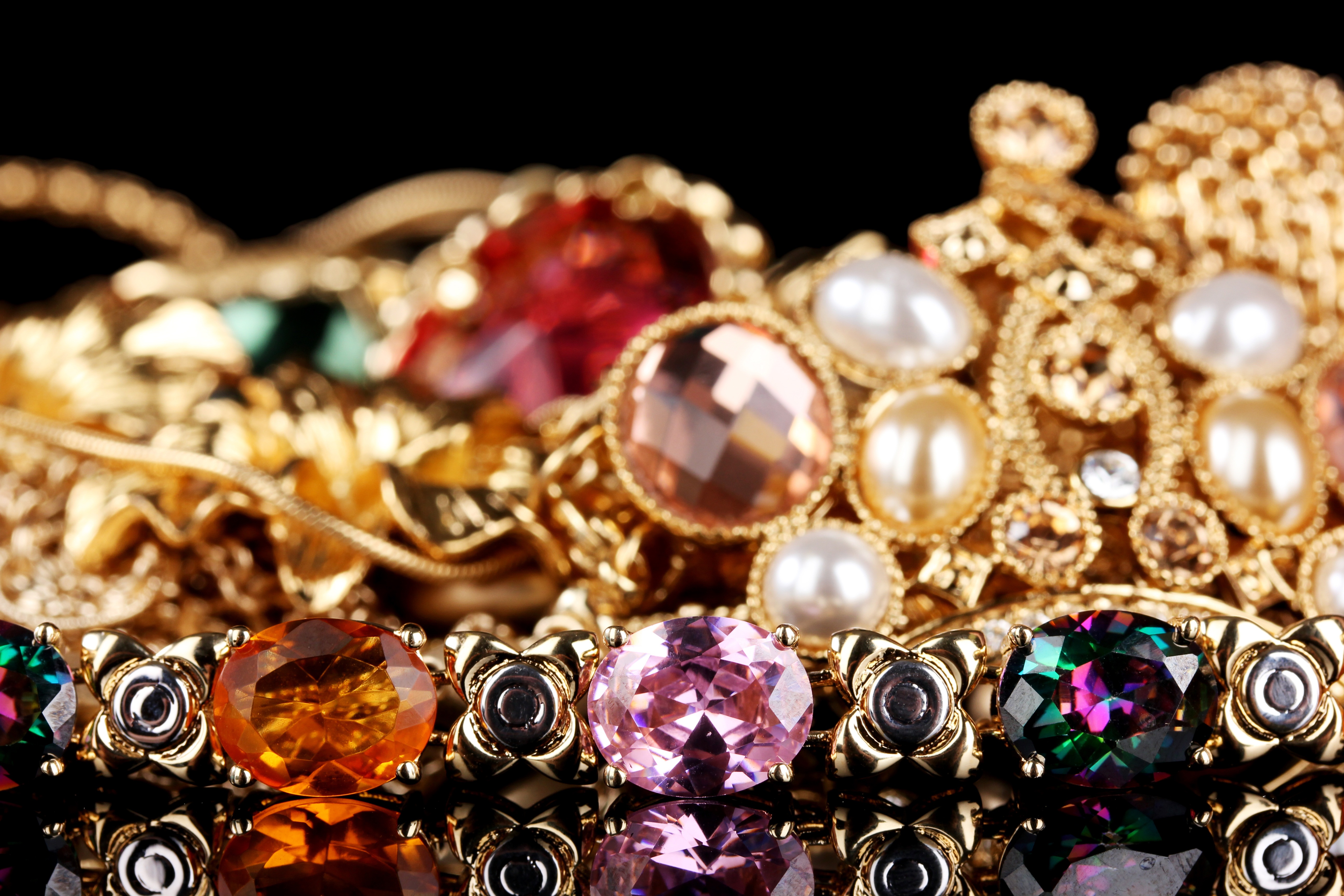Getting Started
Q+A: Investing in vintage jewellery

Olly Gerrish of the Antique Jewellery Company answers every question you might have about investing in vintage jewellery.
How well does vintage jewellery tend to keep its value compared to contemporary jewellery?
The two markets are totally different. With antique jewellery you are paying for workmanship, which is often very detailed and has been time consuming to make. The yardstick is to look at a piece very carefully and check for any damage. The gem stones that were used in old pieces are often not heat treated unlike modern stones – hence, their value is greater.
Contemporary jewellery is often mass produced in places like Thailand or Hong Kong. The stones are set in simple drilled settings and are often not good quality and heat treated. These pieces are fine if you just want decorative items to wear.
The pieces to invest in should be by good makers – those that exhibit at the Annual Goldsmiths fair, for example. The specially-selected makers will be able to tell you about the techniques they have used and the stones they’ve used. This is a great way to learn.
To sum up: Antique jewellery is a good investment if you buy unusual, high-quality pieces and not damaged or badly restored items. Contemporary jewellery is a good investment if you buy from a well-established maker.

Why Life Insurance Still Matters – Even During a Cost-of-Living Crisis
Sponsored by Post Office
How much capital would someone wanting to seriously collect vintage jewellery need to get started?
You can enter at different levels, but I would say £500 upwards.
Are there any eras or styles that are particularly popular or valuable at the moment? How does the value of a piece of jewellery change with fashion?
Signed vintage pieces carry a big premium. This is especially true of big names like Cartier, Van Cleef & Arpels and Boucheron.
At the moment 1950’s pieces are enjoying a revival. I have always backed the Edwardian or Belle Epoque period – 1900 to 1910 – when the most beautifully intricate pieces were made to a very high standard. It never goes out of fashion and keeps its value.
How have you seen the market and demand change over time?
The market is never static.
A few years ago, for example, we were selling a lot of Victorian gold brooches to the American market. Then fashions changed to white gold or platinum, so we changed our buying to Edwardian pieces. Things tend to go in cycles. I expect that the fashion world will back gold again, so maybe if you buy Victorian gold now it will come back again in value!
Rings are always popular for engagement presents, but brooches are definitely out at the moment.
What should consumers be looking for in a piece of antique jewellery they’re considering buying?
Quality, quality, quality!
Check for condition and use a jeweller’s loupe which magnifies well. 10 per cent magnification is the normal amount.
A very good bit of advice that I was given years ago by my jewellery repairer was to always look at the back of a piece. It is often more intricately finished off than the front, which is not the case with modern mass produced pieces.
There may be chips or bad scratches on the stones which would then have to be polished or replacements found. Diamonds should be clear with no carbon in them as that devalues the stones. Sometimes areas of gold are missing in highly detailed pieces. These are hard to replace.
There are pitfalls, so it is all about looking carefully and paying the right price.
Olly Gerrish is founder of the Antique Jewllery Company.